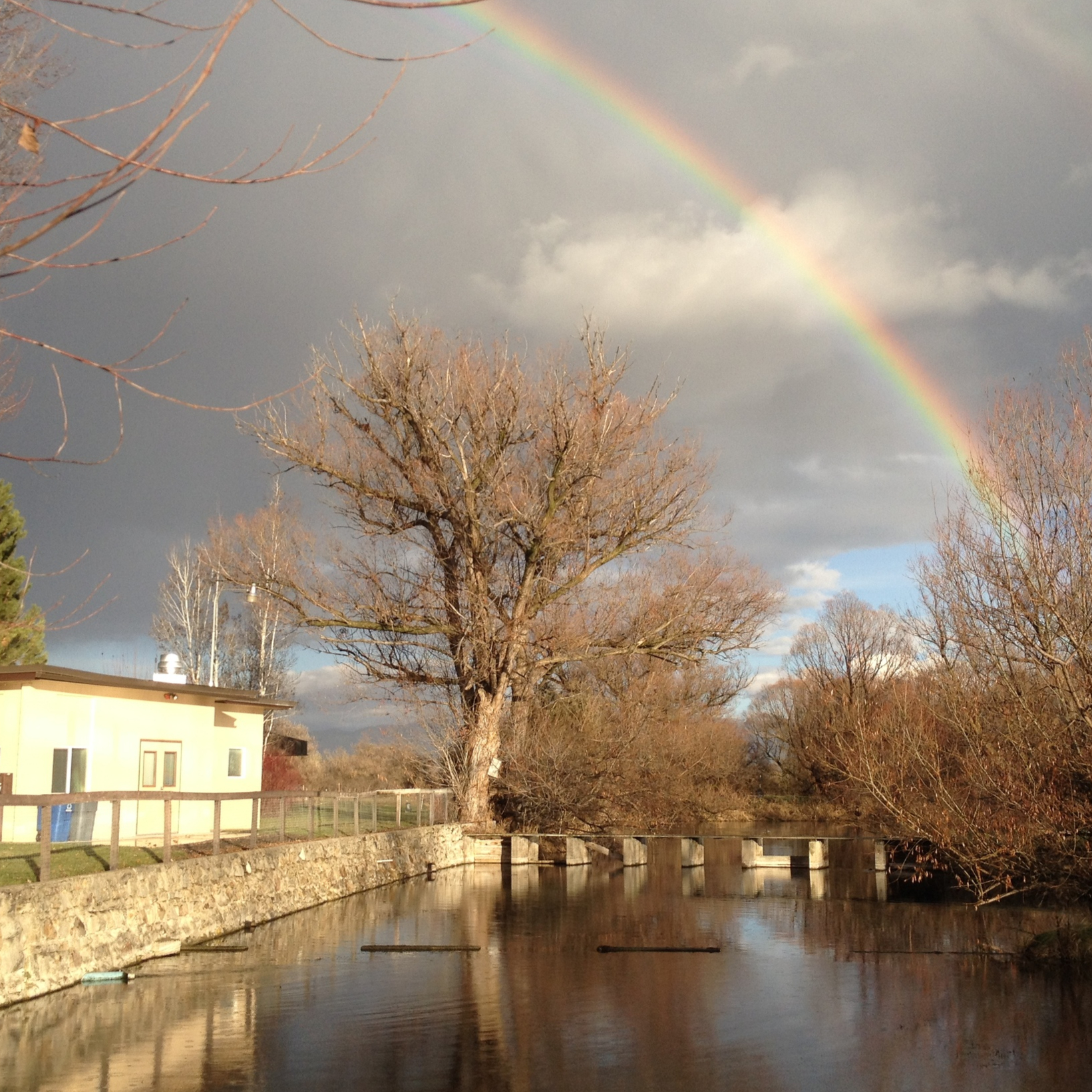Mar 02, 2024
DNA Concentration Protocol
- 1Eagle Fish Genetics Lab

Protocol Citation: Chyanne Rosenbaum 2024. DNA Concentration Protocol. protocols.io https://dx.doi.org/10.17504/protocols.io.bp2l6xprklqe/v1
License: This is an open access protocol distributed under the terms of the Creative Commons Attribution License, which permits unrestricted use, distribution, and reproduction in any medium, provided the original author and source are credited
Protocol status: Working
We use this protocol and it's working
Created: November 21, 2023
Last Modified: March 02, 2024
Protocol Integer ID: 91296
Abstract
This protocol is how the Eagle Fish Genetics Lab takes extracted DNA in a 96 well plate and concentrates it to five times the initial concentration.
Guidelines
This creates a 5x concentration.
Materials
Section 1 - Prepare Your Plate
a. Corresponding Initial DNA Extraction plate(s)
b. low profile non-skirted PCR tray
c. p200 pipette (green) set to 25 µL
d. p200 pipette (green) tips
e. Nexttec sealing tape (clear plastic seal)
Machine(s): Vortex, centrifuge, and PCR plate heat sealer
Section 2 - Thermocycler
Machine(s): Thermocycler
Section 3 - Rehydrate
Supplies needed:
a. Nuclease free water
b. Reservoir for the water
c. p10 multichannel pipette (red) set to 5 µL
d. p10 pipette tips (red)
e. Heat seal
Machine(s): Vortex, centrifuge, and PCR plate heat sealer
Section 1 - Prepare Your Plate
Section 1 - Prepare Your Plate
Supplies needed per concentration plate:
a. Corresponding Initial DNA Extraction plate(s)
b. low profile non-skirted PCR tray
c. p200 pipette (green) set to 25 µL
d. p200 pipette (green) tips
e. Nexttec sealing tape (clear plastic seal)
Sign up for a thermocycler (1-2 hours)
Label low profile non-skirted PCR tray: “Concentration”, date, tray #, project initials and your initials.
Using the p200, take 25 µL of initial DNA extract and dispense into the label low profile non-skirted PCR tray.
a. Use fresh tips for each sample to prevent contamination.
b. Pro tip – if you are not going to fill the whole tray, outline the working wells with sharpie.
Seal the plate with clear plastic seal.
Balance and spin down at maximum speed (3700) for 5 minutes on centrifuge.
Section 2 – Thermocycler
Section 2 – Thermocycler
Turn on thermocycler by using the switch on the back right of the machine.
Open the lid to the thermocycler.
Remove clear plastic seal from your plate and discard the seal.
Place your plate into the machine.
a. Keep the lid of the machine OPEN.
Follow the string of commands below which corresponds to your thermocycler.
a. PCT-100 (Machine #15)
i. Select “Run” --> Press “Proceed” --> Select “<MAIN>” --> Press “Proceed” --> Select “70EVAPO” --> Press “Proceed” --> Select “NO” --> Press “Proceed” --> the machine will start.
b. DNA Engine (Machine #16)
i. Select “Run” à Press “Proceed” --> Select “<MAIN>” --> Press “Proceed” --> Select “EVAPO-85”--> Press “Proceed” --> Select “PLATE” --> Press “Proceed” --> next to the “VOLUME” enter “25” --> Press “Proceed” --> the machine will start.
Check after half an hour to see if all liquids have been evaporated, if not, continue to monitor.
a. Avoid continuous heating of dry wells, do not over evaporate.
Turn off thermocycler with switch in the back and the close lid.
Section 3 - Rehydrate
Section 3 - Rehydrate
Supplies needed:
a. Nuclease free water
b. Reservoir for the water
c. p10 multichannel pipette (red) set to 5 µL
d. p10 pipette tips (red)
e. Heat seal
Fill a reservoir a quarter of the way with nuclease free water.
Dispense 5 µL of nuclease free water into each of the evaporated working wells.
a. Use a new tip for each well.
b. Do NOT use the hover techniques as some DNA may be aerosolized and can still contaminate the hovering tips.
Seal plate with heat seal
Vortex WELL, quickly spin down and let sit at room temperature for 5 min.
